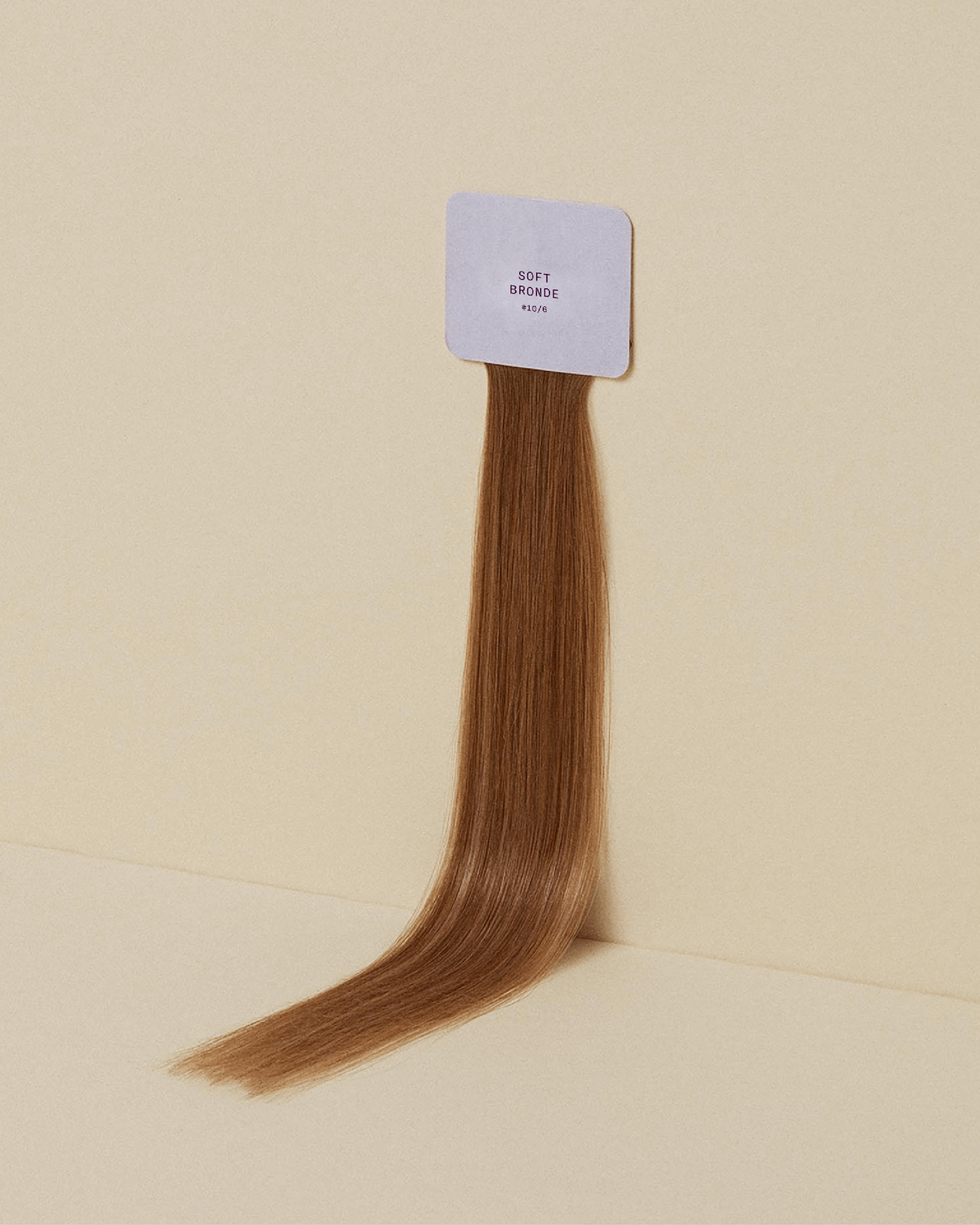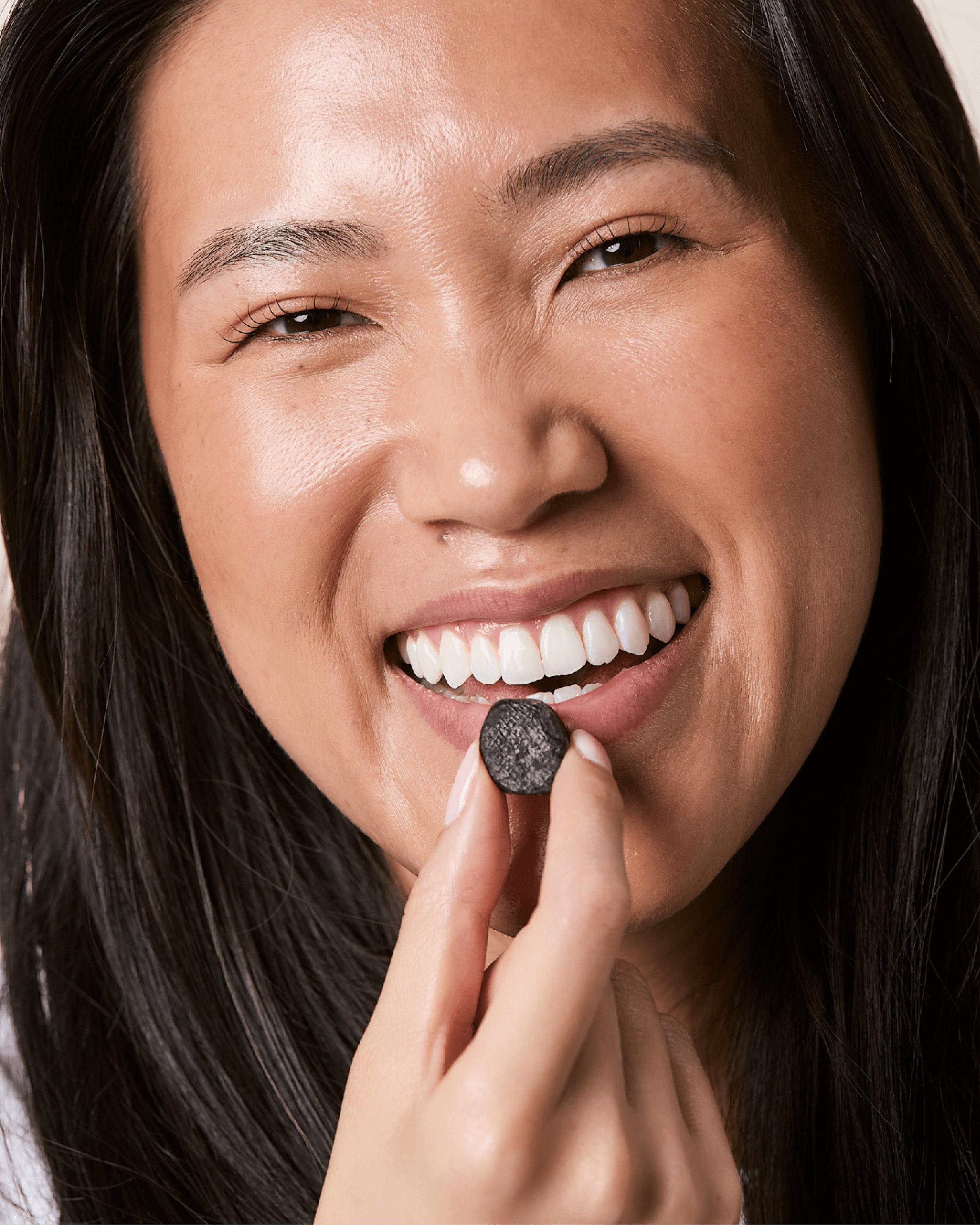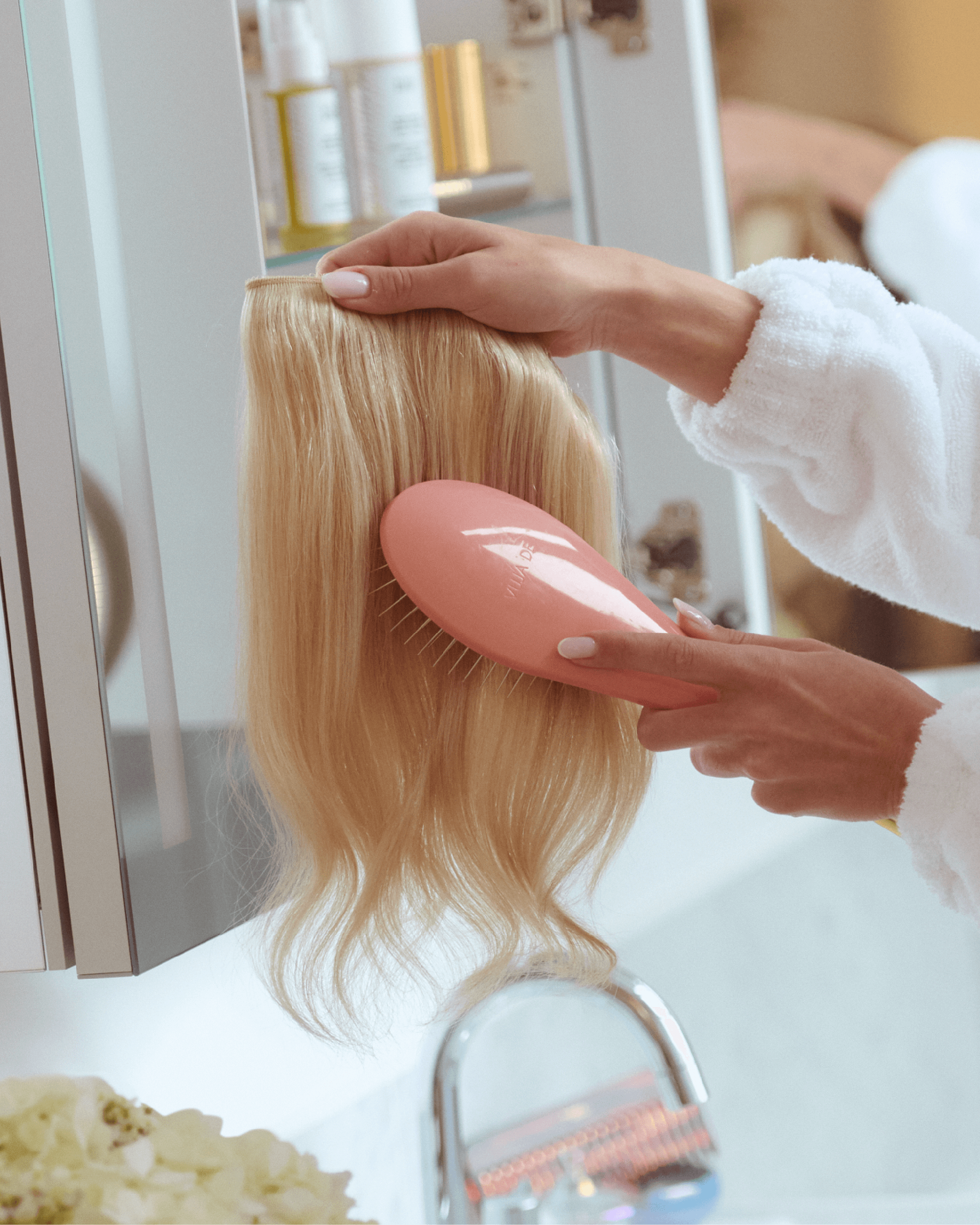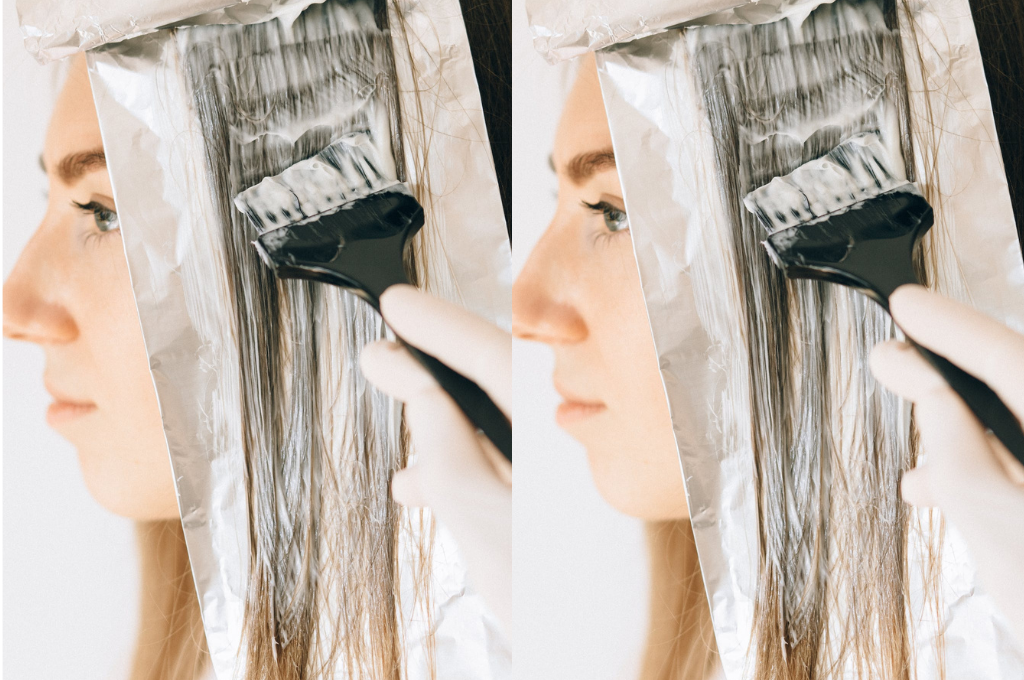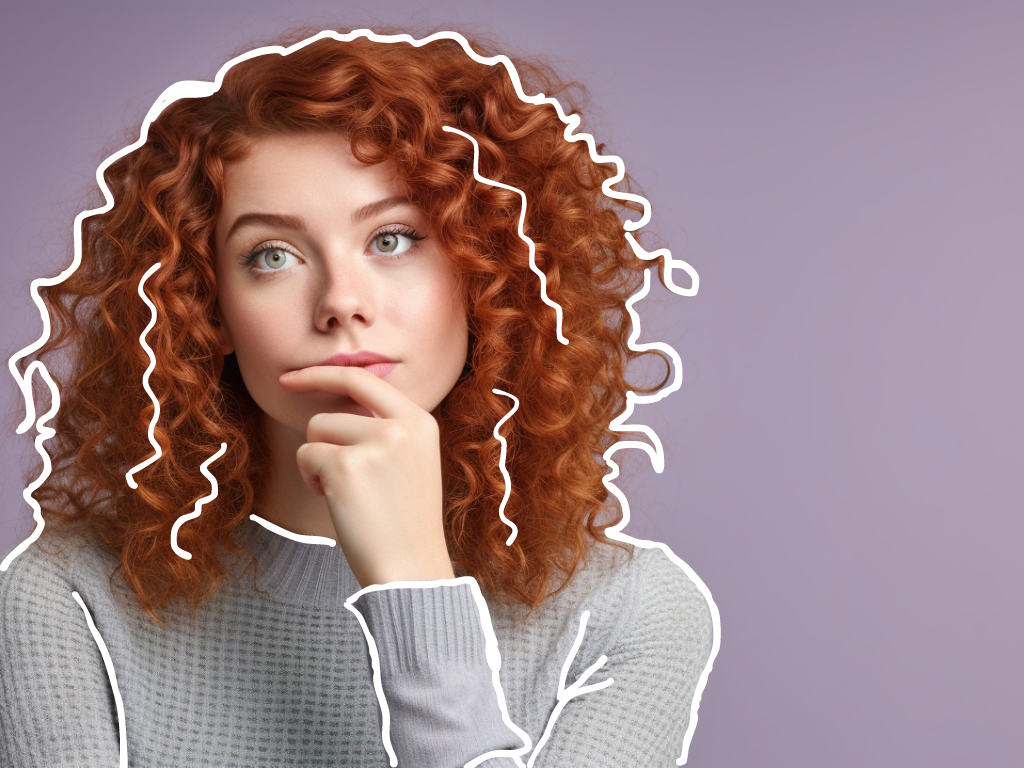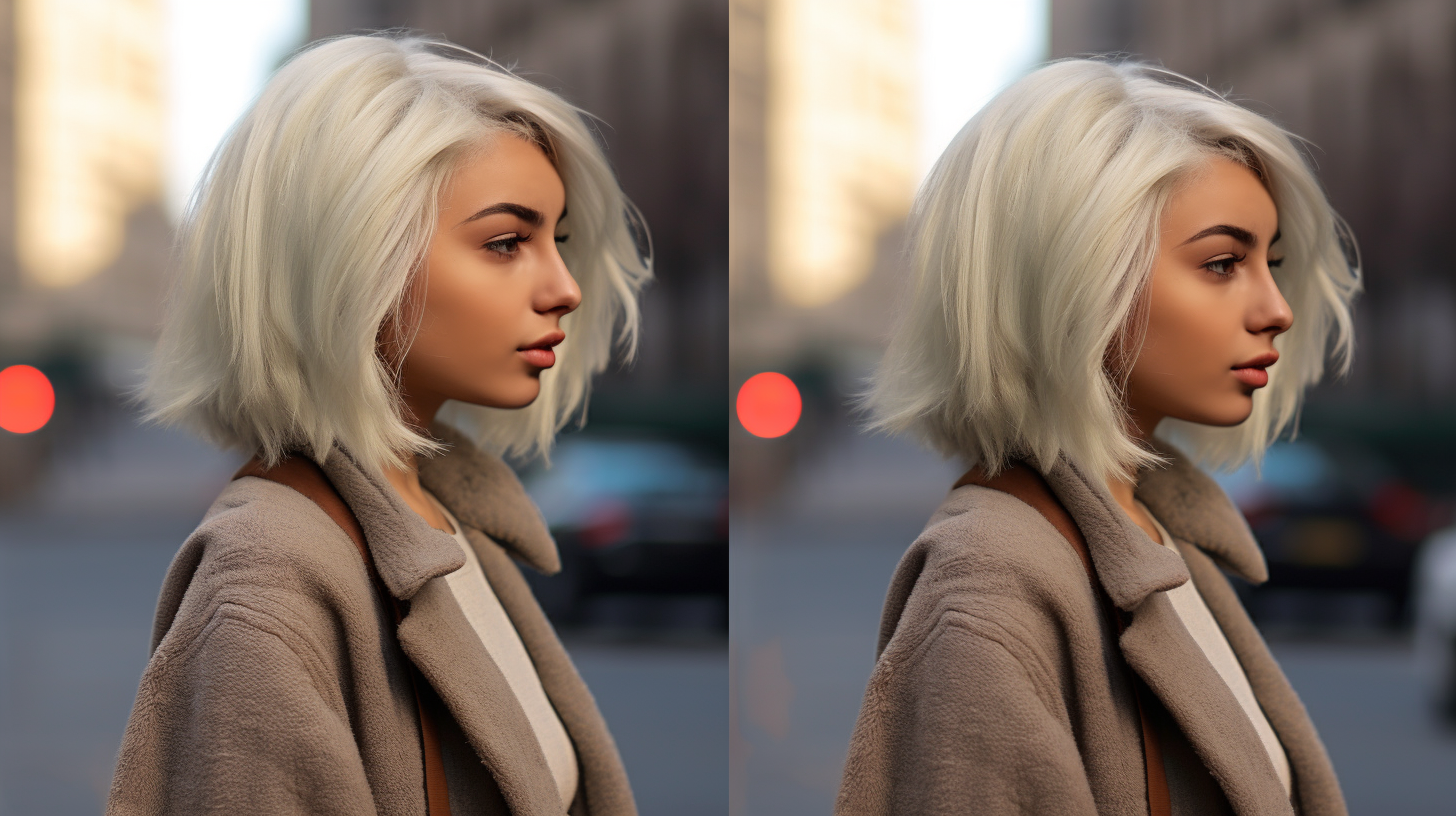Is colouring your hair safe? Good question. I'm sure you've heard about the risks of hair dye. Perhaps you're freaked out about allergies, or maybe you've heard that hair dye can up your chances of getting cancer...
If so, you're not alone.
Hair dye safety is a top concern for many individuals, and rightfully so. Today, I'll be talking about the potential risks of dyeing your hair and how often can you colour your hair safely.
Plus, I'll share a few handy tips to help you protect your hair and scalp while dyeing. Alrighty, let's jump in, yeah?
Is Colouring Your Hair Safe?
Hair dyeing carries certain risks, primarily concerning allergic reactions and the potential development of cancer. Allergic reactions manifest in various intensities, impacting individuals differently.
Some have modest symptoms like irritation or redness, while others have more serious symptoms like swelling and breathing problems. It's crucial to recognize that even seemingly harmless hair dyes can trigger these reactions, making it necessary to exercise caution before applying them.
To understand the risks associated with hair dyes, we need to delve into their composition. Many hair dyes contain para-phenylenediamine (PPD), along with other aromatic amines. These compounds penetrate the hair shaft due to their small molecular size.
Among the various aromatic amines present in hair dyes, PPD stands out as a notorious allergen. Its potency as an allergen poses significant risks to individuals who are particularly sensitive to allergens.
Even minimal exposure to PPD can trigger severe allergic reactions. Therefore, it is vital to exercise caution and understand your body's reaction to this compound before using any hair dye products.
READ: 14 Pastel Hair Colors That Will Make You Consider Dying Your Hair
Is Hair Colouring Harmful for Your Health
Research on the relationship between hair dye and cancer has yielded mixed and controversial results. Several research has examined this connection, but they should be interpreted cautiously.
Though some research has looked, and come up empty, others have found possible links between hair dye and cancer. Because of the intricate nature of this study, conclusive findings are yet premature.
READ NEXT: How To Colour Your Hair At Home (And What To Watch Out For)
Increased Risk of Breast Cancer
One area of concern regarding hair dye and cancer is the potential increased risk of breast cancer.
A 2020 study revealed that permanent hair dye and hair straighteners may increase breast cancer risk, particularly in African-American women.
The findings suggest a possible link, but more research is needed to prove it.
ALSO READ: 10 Ombre Hair Colours Trending Right Now
Home Dyeing vs. Professional Services
Another aspect to consider is the difference between home dyeing and professional hair dyeing services concerning breast cancer risk.
According to recent studies, persons who colour their hair at home using permanent hair dye may be more likely to get breast cancer than those who have it professionally done.
This discrepancy could be attributed to variations in product formulations, application techniques, or the frequency of exposure.
CHECK THIS OUT: Blowout Bars: What They Are And Why They're Amazing
Determining Safe Hair Dyeing Frequency
How often can you dye your hair safely? Your hair type and the dye you use determine how long you should wait between applications.
If you want to minimize any potential damage, you should wait for about four to six weeks between hair dye sessions to lower any potential risks.
DIY: 10 Scalp Health and Hair Growth Tips You Can Do at Home
The Environmental Impact of Hair Dye
Is hair dye bad for the environment? Definitely.
Besides messing with our health, hair dye can also harm the environment. The chemicals present in hair dye, such as ammonia, can pollute waterways and harm aquatic life.
When hair dye is washed down the drain, these chemicals may escape into the environment, as wastewater treatment systems are not designed to eliminate them entirely.
POPULAR: 13 Types of Blonde Hair to Try Right Now
Mitigating the Environmental Impact
To minimize the environmental impact of hair dye, you can follow these steps:
- Choose environmentally-friendly hair dye options: Look for hair dyes that are labeled as eco-friendly or natural. These products are formulated with fewer harmful chemicals and are less likely to cause pollution during production and disposal.
- Opt for less frequent hair colouring: Limit the frequency of dyeing your hair to reduce the overall environmental impact. Extending the time between colour treatments can help minimize the amount of dye chemicals that are released into the environment.
- Properly dispose of leftover hair dye: When you have unused portions of hair dye, follow the instructions on the packaging for safe disposal. Avoid pouring it down the drain or throwing it in the regular trash, as it can contaminate water sources or harm wildlife. Look for local hazardous waste disposal facilities that accept hair dye.
- Consider professional hair salons: If you prefer getting your hair dyed by professionals, choose salons that prioritize eco-friendly practices. Some salons use hair dye brands that are more environmentally conscious or employ techniques to minimize waste and water usage.
By adopting these eco-friendly measures, you can help protect our world and reduce the damage caused by hair dye.
TRENDING: Why You Should Shop Ethical Hair Extensions
Weighing the Risks and Benefits
Hair colouring safety is a multifaceted issue that depends on a number of variables. Some chemicals found in hair dye, such as PPD, can trigger allergic reactions and are suspected carcinogens.
Additionally, frequent hair dyeing exposes you to more chemicals, increasing potential health risks.
So, is colouring your hair bad for you? Ultimately, the decision to dye your hair is personal. It's crucial to weigh the risks and benefits based on the type of dye, frequency, and your individual health history.
READ: Proven Benefits of Red Light Therapy For Hair Growth
Safety Tips for Hair Dyeing
While dyeing your hair, it's essential to prioritize safety. Here are some tips to keep in mind:
- Perform a patch test before applying the dye to check for allergic reactions.
- Opt for dyes that are free of ammonia and PPD, common allergens in hair dye.
- Make sure to wear gloves so you don't mess up your hands while dyeing.
- Thoroughly rinse your hair after dyeing to remove any excess dye.
- If dyeing causes itching, redness, or swelling, stop using it and visit a doctor.
By following these safety tips, you can minimize potential risks and ensure a safer hair dyeing experience.
ALSO READ: How to Hydrate Hair After Bleaching
Making an Informed Decision
Is colouring your hair bad for your health? The safety of colouring your hair involves understanding the potential risks, determining safe dyeing frequency, considering environmental impact, and prioritizing your overall well-being.
Although some research has found a possible association between hair colouring use and cancer, definitive proof is still absent. Take into account your own risk factors, get your doctor's opinion if you feel it's necessary, and then decide if hair dying is right for you.
By following safety guidelines, minimizing chemical exposure, and prioritizing eco-friendly practices, you can enjoy hair dyeing while keeping potential risks at bay.
Your taste, style, and well-being are what matter most anyway. So, stay informed and confidently embrace your unique look!
You Might Also Like:
- What Causes Inflammation on the Scalp & How to Fix It
- 10 Ways To Detox Your Hair To Make Your Hair Grow
- 10 Benefits Of A Leave-In Conditioner
Health/Medical Waiver:
The information provided on this website is not intended as medical or health advice. We do not assume any liability for errors, omissions, or inaccuracies in the content. It is your responsibility to consult with a medical or health practitioner for personalized advice. Reading and using the information on this blog does not create a doctor-patient or health practitioner-client relationship. Reliance on the information is at your own risk, and we encourage independent verification. External links are provided for additional information, but we do not endorse or take responsibility for their content. By using this blog, you agree to indemnify us from any claims or liabilities arising from your use of the information provided.
